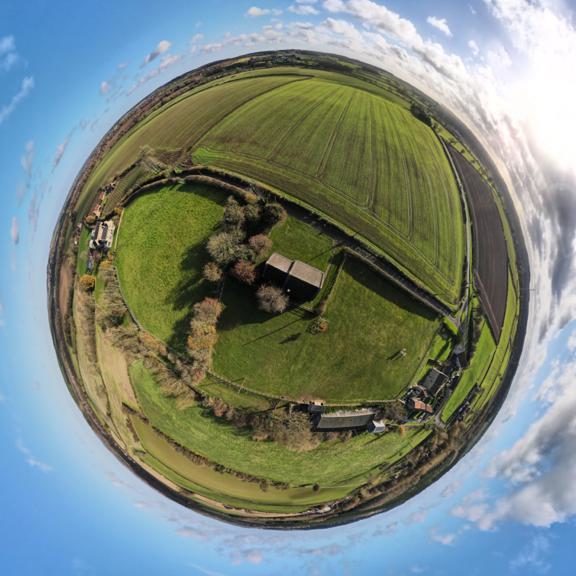
The church of Sookholme is one of the smallest of the old ecclesiastical buildings in the deanery of Mansfield and is a chapelry of Warsop, as it has been for centuries. The oldest part was built during the Norman period, and a large part of the original walling still remains on the north side of the nave as well as other parts of the chapel.
No definite date can be given but it is thought that Sookholme was joined to Warsop after the Restoration. Before this time it belonged to the Priory of St. Oswald at Nostell in Yorkshire and was possibly served by the monks of the priory. Tradition has it that there was a branch establishment of St. Oswald’s at Sookholme. Although no record remains to verify this, the Rev. R.J. King points out that in a field near the road leading to Shirebrook there are a number of fine yew trees planted so as to form a quadrangle – just such trees as one would expect to find near a religious house.
After the Reformation “Sookholme with all its appurtenances” was granted to the Leek family. It then descended to the Cavendishes, one of whom was the Duke of Newcastle (for some time General of the royal forces in the Civil War). From the Dukes of Newcastle the manor of Sookholme passed to the Dukes of Portland and through them to the Fitzherbert family, the present owners.
The present plan of the church is not as the Norman builders left it. Early in the nineteenth century the west wall was taken down and rebuilt further to the east, robbing the nave of one third of its length. The only entrance to the church is through the west doorway.
The chancel is almost square in shape, being slightly less in width than the nave; it stands on its original foundations. Unlike many Norman churches, Sookholme Church escaped from the usual lengthening of the Gothic period.
The most important part of the original Norman work still remaining is the wide low chancel arch with its rude cushion capitals on engaged columns. Its plain appearance probably belongs to the latter half of the twelfth century. The bucket shaped font, which stands north of the west door, also belongs to the Norman period. The marks of the irons that originally fastened on to the cover are still visible.
Two windows in the nave were inserted when the Decorated period of architecture was predominant, one in the south wall near the chancel arch and the other is at the west end. When the shortening of the nave occurred, the latter was moved intact.
During the nineteenth century the chapel fell into an extreme state of dilapidation and Sir Richard Fitzherbert carried out a thorough restoration. This consisted of having numerous dressed stone buttresses added, the eastern wall virtually reconstructed, the unsightly east window removed and replaced by one of three Norman lights (a gift from Sir William – his father), a new roof and floor reconstructed, the west window raised and the whole edifice thoroughly dressed, painted and repaired.
Numerous gifts were donated for the re-opening ceremony, which took place on 3rd December 1893 and was conducted by the Bishop of Southwell. Among these gifts was the altar and jewelled brass cross, presented by Miss Alleyne of Nettleworth Hall, a brass lectern, presented by Rev. R.J. King and a silver paten presented by Sir Richard.
A most treasured possession of Sookholme was a fine example of old church plate in the form of a small silver cup and paten cover. Both are ornamental; the Elizabethan foliated band interfaced four times at the hour glass curves. The upper part of the cup is ornamented with a double seeded rose, a crown, and the fleur de lis. These treasured possessions, which are perhaps amongst the oldest pieces of plate in the county, are stamped with the York date – letter L, which stands for 1571. The chalice stands four and three quarter inches high, and the paten is three and a half inches in diameter. They were removed sometime during the twentieth century and are now kept in a secure place.
Based on an excerpt from “Warsop Parish Church, Parish Centre, Sookholme Church” – a booklet composed by Frank and Frances Dennett in 1977.